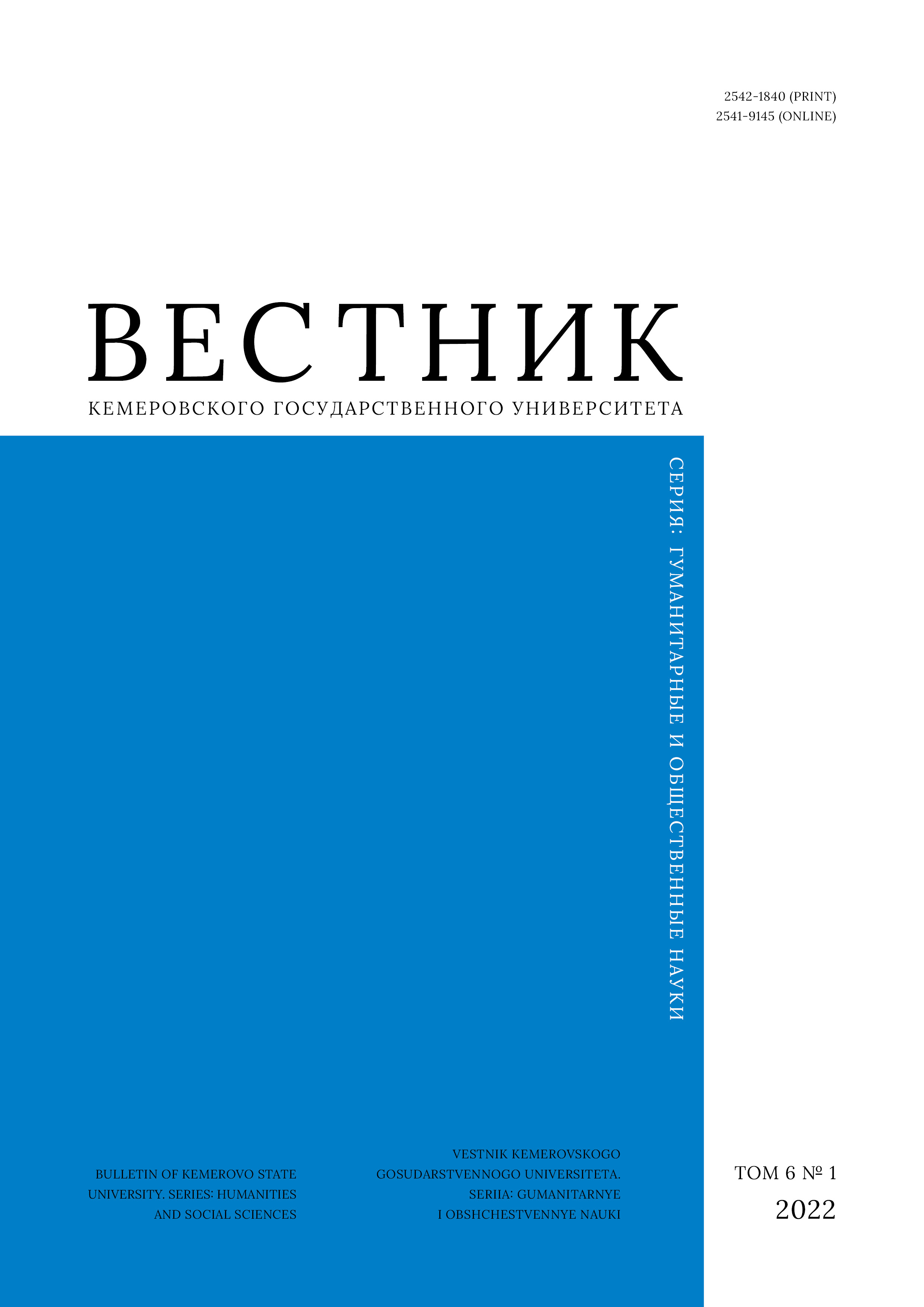Kemerovo, Russian Federation
Kemerovo, Russian Federation
he present research featured the regulatory legal acts of 1917–1920 and the doctrinal foundations of justice during the formation of the Soviet political regime. The article concentrates on the problems of goal-setting of the Soviet legal system, the system of people's courts, and the crisis legislation of the period under review. The main functions of the judiciary system included: repressions; justice represented by people's courts; legislation; accessibility of justice; total involvement of workers in judicial duties; replacement of the system of criminal penalties with measures of peer pressure, and their effective implementation. The analysis showed that the legal goal-setting was performed empirically, depending on specific historical conditions. The main functions of administrative bodies and courts were deformed because no conditions for their implementation were provided for objective or subjective reasons. Only the repressive function was fully realized during the Civil War. The constituent norms of the Soviet legislation on the court contradicted with the legal realities of the era of civil confrontation.
people's courts, revolutionary tribunals, revolutionary legal consciousness, accessibility of justice, legal understanding
1. Trofimov V. V. Doctrinal foundations of municipal legal policy: sociological and empirical component. Gosudarstvennaia vlast i mestnoe samoupravlenie, 2009, (8): 7-11. (In Russ.)
2. Marchenko M. N. Soviet and post-Soviet state and law: a comparative legal study. Moscow: Prospekt, 2018, 365. (In Russ.)
3. Trotsky L. D. Stalin. Moscow: Terra, 1990, vol. 2, 303. (In Russ.)
4. Syrykh V. M. History of court and justice in Russia. Vol. 6: Judiciary and legal proceedings of the RSFSR during the formation of Soviet power (1917-1920). Moscow: Norma, 2021, 664. (In Russ.)
5. Gavrilov S. O. Institutional foundations and regional features of the Soviet Bar in the period from 1917 to the early 1960s (the case of the West Siberian region). Cand. Jurispr. Sci. Diss. Moscow, 2017, 236. (In Russ.)
6. Ratkovskii I. S. Chronicle of the red terror of the Cheka: the punishing sword of the revolution. Moscow: Iauza, 2017, 319. (In Russ.)
7. Korovin V. V. History of domestic security agencies. Moscow: Infra-M, 1998, 253. (In Russ.)
8. Zagorskii G. I. Creation and development of revolutionary military tribunals. 40 years of military legal education in the USSR, ed. Novikov V. F. Moscow: Publishing house of the Military Institute, 1977, 181-190. (In Russ.)
9. Pozdnyakova A. S. Activities of the Vyatka Provincial Revolutionary Tribunal in 1918-1922 as a factor in stabilizing the power of the Bolsheviks in the region. Cand. Hist. Sci. Diss. Kirov, 2015, 199. (In Russ.)
10. Petukhov N. A. History of Russian military courts. Moscow: Norma, 2005, 345. (In Russ.)
11. Gerasimova A. A., Terekhin V. A. Development of the functions of the judiciary. Judicial reform at the turn of the XX-XXI centuries, ed. Terekhin V. A. Moscow: Iurlitinform, 2017, 74-87. (In Russ.)
12. Novitskaya T. E. History of domestic state and law. Moscow: Norma, 2017, pt. 2, 735. (In Russ.)




















